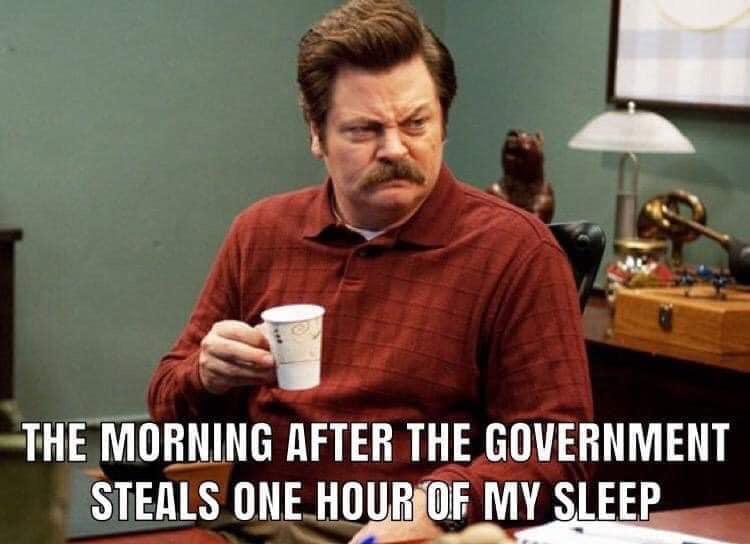Happy Wednesday, dear readers!
We are powering through March and, if you’re like me, you’re still reeling from daylight saving time shift that occurred earlier this week.

You know what’s special about March? It’s been roughly three years since the lockdowns began. So what better way to commemorate three years since the world turned upside down than with a COVID workers’ compensation case?
That case is the panel decision of Dawson v. Patton State Hospital. Therein, following a trial, the WCJ concluded that applicant failed to carry her burden of proof of establishing industrial causation on COVID19 infection. After returning from a non-work trip in March of 2020, applicant engaged in union activities and reported for work on March 17, 2020 with symptoms of a sore throat. On March 28, 2020 she tested positive for COVID 19 based on a sample taken the prior day.
In reviewing the WCJ’s decision, the WCAB noted that the presumptions of industrial causation found in Executive Order N-62-20, later to be codified as SB1159, did not apply as applicant last worked on March 17, 2020, and the executive order applied for employees who worked on or after March 19, 2020.
What a difference a day makes, 24 little hours… (sing that one twice!)
Spoiler alert… the WCAB reversed the finding of no industrial causation. But how?
The WCAB noted that there was a dispute as to when the infection occurred as between the QME and the PTP. The QME opined that the exposure likely happened during the non-work trip, while the PTP opined that the symptoms appear 2-14 days after the infection, which would rule out her trip as the exposure point. Is the development of more severe symptoms the trigger for infection, or the milder symptoms applicant had after returning from her trip?
The WCAB ordered the parties to return to the trial level to further develop the record on whether the initial symptoms (sore throat) were the sign of COVID infection or the more severe symptoms to establish the date of infection. The WCAB also provided guidance that applicant need not prove the exact time she became infected, but only if her work activities caused her to have higher risk than the general public of contracting the disease.
Your humble blogger, however, would submit that there is another point which the WCAB did not appear to consider: applicant’s burden of proof. Applicant has one bite at the apple to establish initial causation and developing the record is not appropriate when applicant failed to establish AOE/COE. If applicant fails to carry her burden at trial as to causation, the case should be done with an order to take nothing.
In litigating these cases, particularly when none of the COVID19 presumptions apply, defendants would be well served shooting for disproving causation, rather than merely pointing out that applicant has the burden of proof. Since justice moves slowly, we are likely to continue seeing these cases reach the WCAB to address causation on COVID19.
Much like the Starks of Game of Thrones chant “Winter is Coming,” so too the motto for California workers’ compensation is “Reform is Coming.” Every now and then, we see another attempt to fix the system. Perhaps the defense community should add to its wish-list for the next reform a stricter standard for “developing the record,” particularly when AOE/COE is in dispute.
